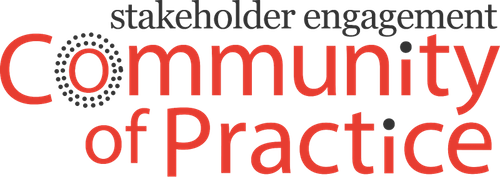Inspired by a steady decline in new HIV infections and AIDS-related deaths, the sustainable development goals call for ending the AIDS epidemic as a public health threat by 2030. However, the world is not on track to end the epidemic. – “We neglect primary HIV prevention at our peril”, Lancet HIV
The July issue of The Lancet HIV, launched online earlier this week, focuses on the need to scale up prevention to reduce new infections—reiterating that achieving the UNAIDS’ 90-90-90 treatment targets is not possible otherwise.
As the editors note in the introduction to the issue, “We can do much with existing interventions, but as the papers in this issue show evolution of programmes and technology will be needed to have the greatest effect.”
The issue is made up of a series of papers that attempt to show what needs to happen in prevention to reduce incidence and reach global and national targets. The papers cover a range of topics, including:
- How we might create, use and understand a “prevention cascade” to assess programming;
- What modeling shows we might be able to achieve if available interventions are appropriately scaled;
- A framework for how to achieve UNAIDS’ ambitious targets and the actions need to get there; and more.
For those attending AIDS 2016, please save the date for a special session that will focus on this issue and its call to action: What Will it Take to Reach the Fast Track Prevention Targets: What, Who and How, on Monday, July 18, 14:45–16:45, Session Room 5.
In addition, as many in the field prepare to head to Durban next month, we are pleased to see that the Second Durban Declaration, released today by the International AIDS Society for endorsement through the end of the AIDS 2016 conference, devoted significant ink to prevention, both the implementation of what’s currently available, the need for research into new options and the fundamental structural barriers that must be addressed.
